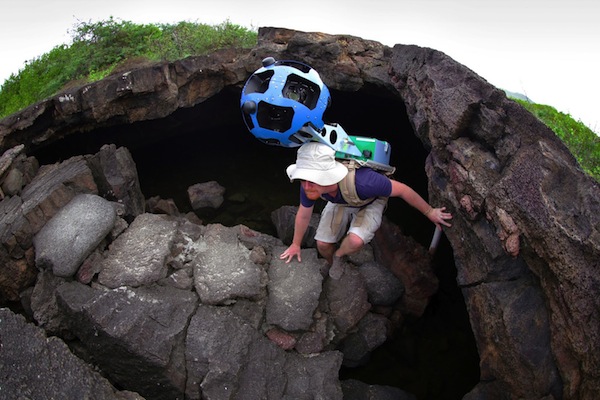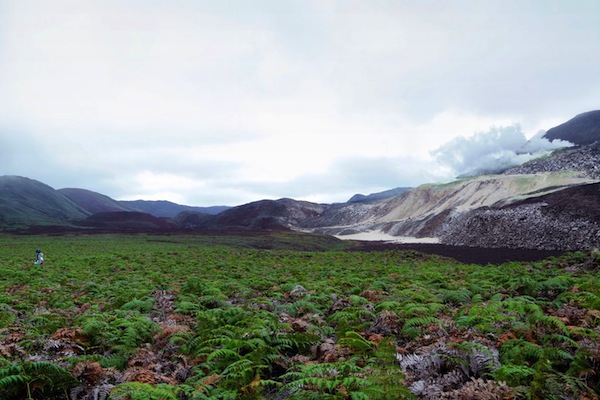One reason I studied biology in college and graduate school was the inspiration I received from my high school biology teacher, Mr. J. He would tell us about his journey to live with the wolves in Yellowstone, a pond water culture he kept going for several years, and — of course — his trip to the Galapagos Islands to retrace the steps of Charles Darwin. Other destinations in South America, including Easter Island, don’t really have much appeal for me. But I would really, really like to visit the Galapagos some day.
The Google Maps Lat Long blog recently wrote about their efforts to catalog the amazing ecological diversity on the Galapagos with shoulder-mounted cameras. (HT to Slashdot) In collaboration with the Charles Darwin Foundation and the Galapagos National Parks Directorate, they spent 10 days hiking throughout the area collecting panoramic images, which should be up on Google Maps Street View later this year.


As someone who hasn’t yet made it to the islands, I’m glad for services like Google Maps that provide an opportunity to see parts of the world without having to step on an airplane. That doesn’t mean I won’t make it there eventually, but who knows what might happen to the environment between now and then. There are also many people who may never have such an opportunity.
I have no issue with Google collecting all my information and uses it to sell more targeted ads, which is a reasonable tradeoff for all its other useful services like Gmail, YouTube, and more. But I’m glad it reserves at least some of that money for more noble pursuits like this. Rather than just give money away to charities, it uses its technical know-how to create even more knowledge for its users — and that’s something I value more than a better email client.




